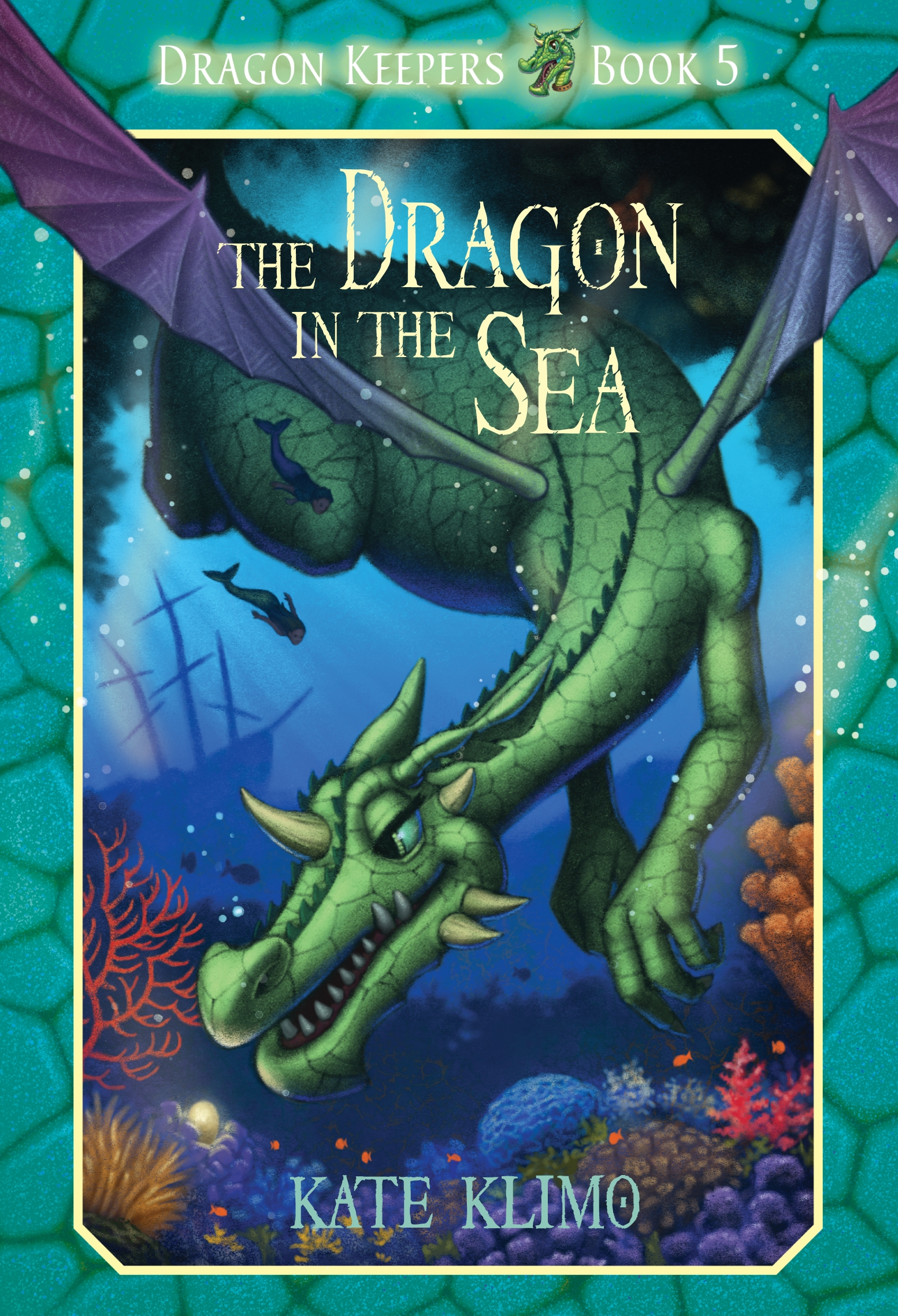

Joan Beauchamp Procter made some of the earliest observations of these animals in captivity and she demonstrated their behaviour at a Scientific Meeting of the Zoological Society of London in 1928. The first two live Komodo dragons to arrive in Europe were exhibited in the Reptile House at London Zoo when it opened in 1927.
DRAGON KEEPER PICTURES SKIN
Widespread notoriety came after 1912, when Peter Ouwens, the director of the Zoological Museum of Bogor, Java, published a paper on the topic after receiving a photo and a skin from the lieutenant, as well as two other specimens from a collector. Komodo dragons were first documented by Europeans in 1910, when rumors of a "land crocodile" reached Lieutenant van Steyn van Hensbroek of the Dutch colonial administration. They are protected under Indonesian law, and Komodo National Park was founded in 1980 to aid protection efforts. In the wild, their range has contracted due to human activities, and is likely to contract further from the effects of climate change due to this, they are listed as Endangered by the IUCN Red List. Their large size and fearsome reputation make them popular zoo exhibits. Komodo dragons were first recorded by Western scientists in 1910.

They take 8 to 9 years to mature and are estimated to live up to 30 years. Young Komodo dragons are vulnerable and dwell in trees to avoid predators, such as cannibalistic adults.

The eggs are incubated for seven to eight months, hatching in April, when insects are most plentiful. Mating begins between May and August, and the eggs are laid in September as many as 20 eggs are deposited at a time in an abandoned megapode nest or in a self-dug nesting hole. Komodo dragons also occasionally attack humans. The diet of Komodo dragons mainly consists of Javan rusa ( Rusa timorensis), though they also eat considerable amounts of carrion. Komodo dragons' group behavior in hunting is exceptional in the reptile world. Komodo dragons hunt and ambush prey including invertebrates, birds, and mammals. It is the largest extant species of lizard, growing to a maximum length of 3 m (9.8 ft), and weighing up to 70 kg (150 lb).Īs a result of their size, Komodo dragons are apex predators, and dominate the ecosystems in which they live. If you have a color scheme you’d like to see please reach out and let us know what your are looking for and we can do our best to make it come to life.The Komodo dragon ( Varanus komodoensis), also known as the Komodo monitor, is a member of the monitor lizard family Varanidae that is endemic to the Indonesian islands of Komodo, Rinca, Flores, and Gili Motang. Each one really is hand finished and unique. We normally clean up a batch of castings put down a primer coat, do some base coats and add random high light colors and effects on them. The Dragon Keepers online come with standard options but as you can tell from our photos and from show displays The Dragon Keepers are painted in many many ways. If you have found us at shows in north east ohio you’ll see them in use on the tables. Lastly or just another use is as a business card holder. If you have a picture of your second favorite kid you can also use it to show them you do in fact like them enough to display their photos. Dragon Keepers are also used to keep track of your chips and counters while playing RPGS or Table Top War Games. These where made for Gamers and Geeks to use to watch over their favorite dice or dice that are not rolling they way they should and need a time out. Our Dragon Keepers will guard your treasured object as if it was their own.


 0 kommentar(er)
0 kommentar(er)
